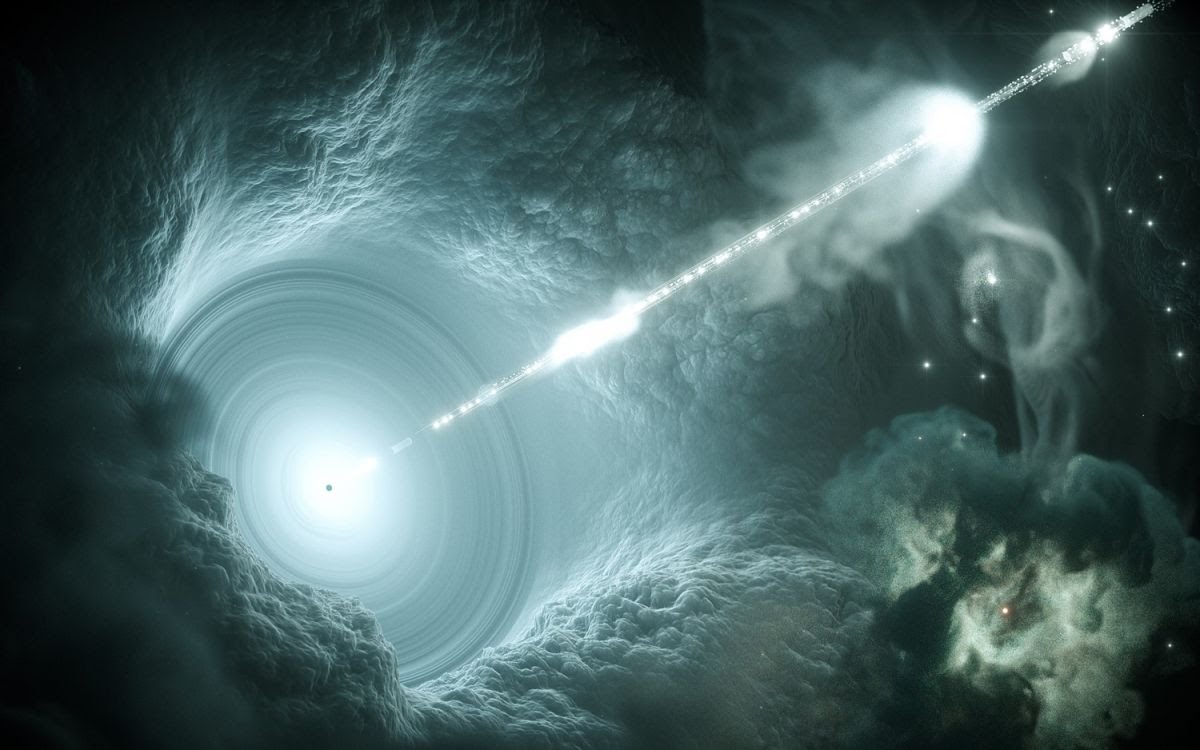Weirdo universe

There’s no questioning the fact that the universe is weird. Just look outside and you’ll see all manner of strange, self-reproducing flora and fauna, crawling upon a blue ball of semimolten rock covered in a thin, hard shell and blanketed by a tenuous film of gases. Yet our own planet represents a tiny fraction of the peculiar phenomena that can be found lurking throughout the cosmos, and every day astronomers turn up new surprises. In this gallery, we take a look at some of the most outlandish objects in space.
Mysterious Radio Signals

Since 2007, researchers have been receiving ultrastrong, ultrabright radio signals lasting only a few milliseconds. These enigmatic flashes have been called fast radio bursts (FRBs), and they appear to be coming from billions of light-years away (they’re not aliens, it’s never aliens). Recently, scientists managed to capture a repeating FRB, which flashed six times in a row, the second such signal ever seen and one that could help them unravel this mystery.
Nuclear Pasta

The strongest substance in the universe forms from the leftovers of a dead star. According to simulations, protons and neutrons in a star’s shriveled husk can be subject to insane gravitational pressure, which squeezes them into linguini-like tangles of material that would snap — but only if you applied to them 10 billion times the force needed to shatter steel.
Haumea Has Rings

The dwarf planet Haumea, which orbits in the Kuiper Belt out beyond Neptune, is already unusual. It has a strange elongated shape, two moons and a day that lasts only 4 hours, making it the fastest-spinning large object in the solar system. But in 2017, Haumea got even weirder when astronomers watched it pass in front of a star and noticed extremely thin rings orbiting around it, likely the result of a collision sometime in the distant past.
A Moon with a Moon

What’s better than a moon? A moon orbiting a moon, which the internet has dubbed a moonmoon. Also known as submoons, moonitos, grandmoons, moonettes and moooons, moonmoons are still only theoretical, but recent calculations suggest that there’s nothing impossible about their formation. Perhaps astronomers may one day discover one.
Dark-Matter-Less Galaxy?

Dark matter — the unknown substance comprising 85 percent of all matter in the universe — is strange. But researchers are at least sure about one thing: Dark matter is everywhere. So team members were scratching their heads over a peculiar galaxy they spotted in March 2018 that seemed to contain hardly any dark matter. Subsequent work suggested that the celestial oddity did in fact contain dark matter, though the finding paradoxically lent credence to an alternative theory positing that dark matter doesn’t exist at all. Get it together, astronomers!
The Most Bizarre Star

When astronomer Tabetha Boyajian of Louisiana State University and her colleagues first saw the star known as KIC 846285, they were flummoxed. Nicknamed Tabby’s star, the object would dip in brightness at irregular intervals and for odd lengths of time, sometimes by as much as 22 percent. Different theories were invoked, including the possibility of an alien megastructure, but nowadays, most researchers believe the star to be surrounded by an abnormal ring of dust that’s causing the darkening.
Highly Electric Hyperion

The title of weirdest moon in the solar system could go to many celestial objects — Jupiter’s overly volcanic Io, Neptune’s geyser-spewing Triton. But one of the strangest looking is Saturn’s Hyperion, a pumice-stone-like irregular rock pockmarked with numerous craters. NASA’s Cassini spacecraft, which visited the Saturn system between 2004 and 2017, also found that Hyperion was charged with a “particle beam” of static electricity flowing out into space.
A Guiding Neutrino

The single, high-energy neutrino that struck Earth on Sept. 22, 2017, wasn’t, on its own, all that extraordinary. Physicists at the IceCube Neutrino Observatory in Antarctica see neutrinos of similar energy levels at least once a month. But this one was special because it was the first to arrive with enough information about its origin for astronomers to point telescopes in the direction it came from. They figured out that it had been flung at Earth 4 billion years ago by a flaring blazar, a supermassive black hole at the center of a galaxy that had been consuming surrounding material.
The Living Fossil Galaxy

DGSAT I is an ultradiffuse galaxy (UDG), meaning it is as big as a galaxy like the Milky Way but its stars are spread out so thinly that it is nearly invisible. But when scientists saw the ghostly DGSAT 1 in 2016, they noticed that it was sitting all alone, quite unlike other UDGs, which are typically found in clusters. Its characteristics suggest that the faint object formed during a very different era in the universe, back just 1 billion or so years after the Big Bang, making DGSAT 1 a living fossil.
Double Quasar Image

Massive objects curve light, enough so that they can distort the image of things behind them. When researchers used the Hubble Space Telescope to spot a quasar from the early universe, they used it to estimate the universe’s expansion rate and found that it is expanding faster today than it was back then — a finding that disagrees with other measurements. Now physicists need to figure out if their theories are wrong or if something else strange is going on.
.jpeg)

